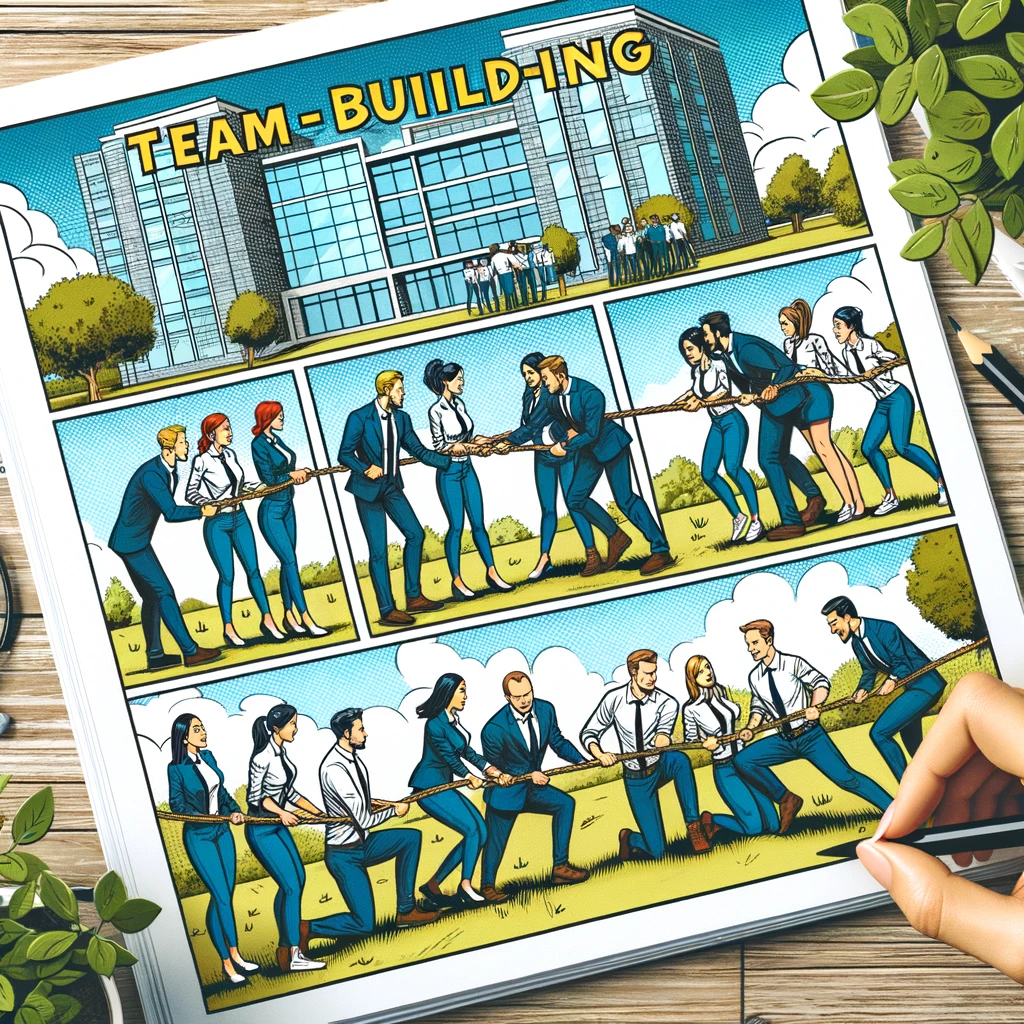Estimated reading time: 5 mins
What is Retention? Employee retention, a vital aspect of human resource management, encompasses an organization’s strategies and practices aimed at keeping its employees and preventing them from leaving. It’s not just about ensuring that staff members stick around; it’s about creating an environment where they feel engaged, satisfied, and motivated to continue contributing to the company’s success. The concept of retention goes beyond mere numbers or statistics. It reflects the health of an organization’s culture and its ability to foster a workplace where employees feel valued and integral to the company’s mission.

In today’s dynamic business landscape, where talent is a crucial asset, understanding and implementing effective employee retention strategies is more important than ever. High employee turnover can lead to increased costs, disruptions in productivity, and a decline in team morale. Conversely, a high retention rate often indicates a positive and nurturing work environment. This introductory exploration of employee retention will delve into its importance, the factors influencing it, and strategies to enhance it, aiming to provide a comprehensive understanding of its role in the modern workplace.
Why is Employee Retention Important?
Employee retention is crucial for several reasons:
- Cost Reduction: Recruiting and training new employees is expensive. Costs include advertising job openings, interviewing candidates, onboarding, and training. Retaining employees can significantly reduce these costs.
- Experience and Expertise: Long-term employees accumulate valuable experience and deep knowledge of the company’s operations. Retaining these employees ensures that this expertise stays within the organization.
- Productivity: New employees typically take time to reach the productivity levels of exiting employees. High turnover can lead to a continuous cycle of training and lower overall productivity.
- Morale and Culture: High turnover can negatively impact morale. It can create uncertainty and disrupt the work environment, affecting the company culture and employee engagement.
- Customer Satisfaction: Employees with more experience in the company can often provide better service to customers, leading to increased customer satisfaction and loyalty.
Measuring what is Retention
Employee retention is commonly measured by the employee retention rate, calculated by dividing the number of employees who have stayed with the
Measuring employee retention is a critical aspect of assessing the health and effectiveness of an organization’s HR practices. The employee retention rate, a commonly used metric, offers valuable insight into how well a company maintains its workforce over time. This rate is calculated using a straightforward formula: Divide the number of employees who have remained with the company over a specified period (usually a year) by the number of employees at the start of that period. Then, multiply this figure by 100 to get a percentage. For instance, if a company started the year with 100 employees and ended with 80 still on board, the retention rate would be 80%.
However, this metric, while useful, does not tell the whole story of what is retention. A nuanced approach to measuring retention might include analyzing various subsets of the workforce. For example, understanding retention rates among different departments, levels of seniority, or demographics can provide deeper insights into specific areas where retention strategies may be succeeding or failing.
Additionally, it’s crucial to consider qualitative data alongside these quantitative measures. Employee surveys, exit interviews, and feedback mechanisms can reveal reasons behind turnover or why employees choose to stay, offering a more comprehensive view of retention beyond mere numbers. By blending quantitative data with qualitative insights, organizations can more accurately gauge their employee retention landscape and tailor their strategies for improvement accordingly.
Strategies for Improving Employee Retention
- Competitive Compensation and Benefits: Offering competitive salaries and benefits is crucial in retaining employees. This includes health insurance, retirement plans, and other perks such as flexible working hours or remote work options.
- Career Development Opportunities: Opportunities for professional growth, such as training programs, workshops, and clear career paths, can help keep employees engaged and committed to the company.
- Recognition and Rewards: Recognizing and rewarding employees for their hard work and achievements can significantly boost morale and loyalty. This recognition can be in various forms, including bonuses, promotions, or even simple public acknowledgment.
- Work-Life Balance: Promoting a healthy work-life balance is essential. This can be achieved through flexible working hours, the option to work from home, and ensuring that employees are not overworked.
- Positive Work Environment: A positive and inclusive work environment, where employees feel valued and respected, contributes significantly to employee satisfaction and retention.
- Effective Communication: Open and transparent communication between management and staff helps in building trust. Regular feedback and open-door policies can contribute to a more engaged workforce.
- Employee Engagement: Engaging employees in decision-making, asking for their input, and involving them in projects that they find meaningful can increase their investment in the company.
Challenges in Employee Retention
- Changing Workforce Demographics: Different generations have different expectations and values, which can affect retention strategies. For example, younger workers might value career development opportunities more than other age groups.
- Industry-Specific Challenges: Some industries have higher turnover rates due to the nature of the work, such as hospitality and retail.
- Economic Factors: Economic conditions can influence employee retention. In a strong job market, employees might be more inclined to leave for better opportunities.
The Future of Employee Retention
Leaders will always be asking what is retention and how to achieve it. The future of employee retention is likely to be shaped by several key trends and shifts in the workplace landscape. As we move forward, a major focus will be on personalization and flexibility in retention strategies. Employers will increasingly recognize that a one-size-fits-all approach is less effective, and instead, they will tailor retention tactics to meet the diverse needs and preferences of individual employees. This could include personalized career development plans, flexible working arrangements, and customized benefits packages.
Additionally, technological advancements will play a significant role. Data analytics and AI will enable organizations to gain deeper insights into employee behavior and satisfaction, allowing for more proactive and targeted retention strategies. Employers will use technology not only to track retention metrics but also to predict turnover risks and intervene accordingly.


Remote work, which has seen a significant rise, is set to alter retention strategies fundamentally. Organizations will need to find innovative ways to keep remote employees engaged, connected, and aligned with the company’s culture and goals. Building a sense of community and belonging, regardless of physical location, will be a critical challenge.
Moreover, there will be an increased emphasis on creating inclusive work environments. Companies will strive to cultivate diversity, equity, and inclusion at all levels, understanding that such efforts are key to retaining a diverse workforce. In sum, the future of employee retention will be characterized by a more nuanced, data-driven, and employee-centric approach, adapting to the evolving needs of the workforce and the changing nature of work itself.
What is Retention – Wrapping Up
Employee retention is a complex issue that requires a multifaceted approach. It involves understanding employees’ needs and expectations and creating a work environment where they feel valued and have opportunities for growth. By focusing on what is retention, companies can not only save costs but also build a more experienced, productive, and engaged workforce, which is crucial for long-term success.
